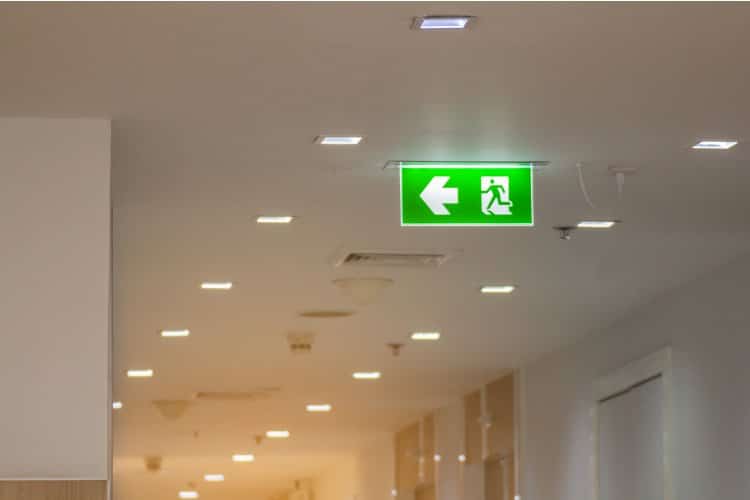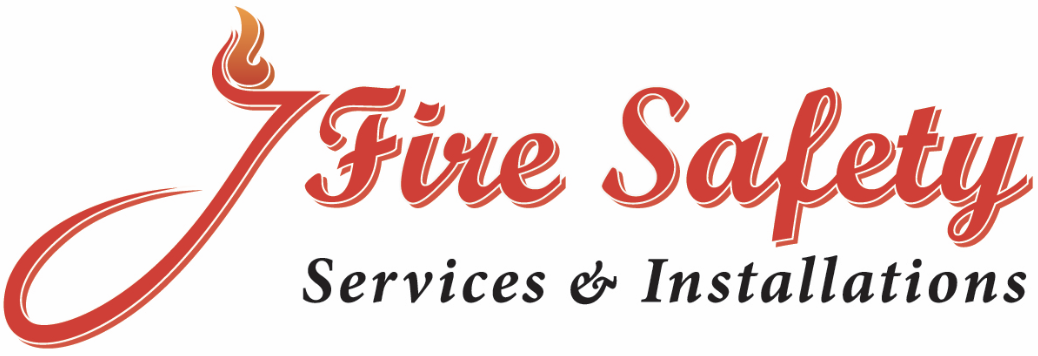Maintained vs. Non-Maintained Emergency Lighting: A Complete Guide
Maintained vs. Non-Maintained Emergency Lighting – What’s the Difference?
1. Maintained Emergency Lighting
- Always on and operates as a standard light fitting.
- Stays illuminated even when the main power supply is functioning.
- Continues to work on battery backup during a power failure.
- Ideal for public spaces, cinemas, and hotels, where continuous lighting is required.
✅ Best for: Commercial buildings, public venues, corridors, exit routes.
2. Non-Maintained Emergency Lighting
- Only activates during a power failure.
- Remains off during normal operation.
- Uses an internal battery backup that kicks in when the mains fail.
- Common in offices, warehouses, and private properties where emergency lighting is only needed during blackouts.
✅ Best for: Offices, warehouses, HMOs, residential stairwells.

Who Needs Emergency Lighting?
✔️ Landlords & HMOs – Legal requirement in shared accommodations.
✔️ Commercial Properties – Offices, factories, warehouses must have compliant emergency lighting.
✔️ Shops, Restaurants & Hotels – Required for safe customer and staff evacuation.
✔️ Care Homes & Hospitals – Essential for patient and staff safety.
✔️ Domestic Homes – Not legally required but useful for added safety, particularly in larger properties.
FAQs on Emergency Lighting
1. Is emergency lighting a legal requirement?
Yes, for commercial properties, HMOs, and public buildings. Landlords and businesses must comply with BS 5266-1:2016 and fire safety laws.
2. How often should emergency lighting be tested?
- Monthly: Quick functional test.
- Annually: Full-duration (3-hour) test by a qualified engineer.
3. How long should emergency lights last in a power failure?
At least 3 hours, as per UK fire safety regulations.
4. Can I install emergency lighting myself?
No, emergency lighting must be installed and certified by a qualified electrician to ensure compliance.
5. What happens if my emergency lights fail the test?
Faulty emergency lighting must be repaired or replaced immediately to maintain safety compliance.
6. What is Emergency Lighting?
Emergency lighting is designed to provide illumination when the main power supply fails, ensuring safety in homes, workplaces, and public buildings. It helps people safely exit a property during emergencies such as fires, power cuts, or other critical situations.
Emergency lighting is a legal requirement in commercial properties, HMOs (Houses in Multiple Occupation), and public buildings, as per:
- The Regulatory Reform (Fire Safety) Order 2005
- BS 5266-1:2016 Emergency Lighting Code of Practice
For landlords, business owners, and homeowners in Sussex, choosing the right type of emergency lighting is essential for compliance and safety.
Emergency Lighting Compliance Checklist
✔️ Identify required areas for emergency lighting (exit routes, stairwells, communal areas).
✔️ Choose the right type (maintained or non-maintained).
✔️ Ensure installation is carried out by a qualified professional.
✔️ Perform monthly & annual tests.
✔️ Keep records of tests and maintenance.
✔️ Upgrade or replace faulty units immediately.
How J Fire Services Can Help in Sussex
J Fire Services provides expert emergency lighting solutions for domestic and commercial clients across Sussex, ensuring full compliance with fire safety regulations.
Services Include:
✔️ Installation of Maintained & Non-Maintained Emergency Lighting
✔️ Routine Testing & Compliance Checks
✔️ Upgrades & Repairs
✔️ Fire Safety Consultation for Landlords & Businesses
J Fire Services works with landlords, businesses, and homeowners to deliver reliable, regulation-compliant emergency lighting solutions.
📞 Contact J Fire Services today at 01903 372103 for a free consultation and compliance check.
